New generation Odissi dancer, Prachi Hota recently was in a solo Odissi recital at India International Centre in the capital. There is a belief among traditionalists that learning the styles of different gurus does not help the dancer to develop correct stances. In the case of Prachi, I found her comfortable in both the style of Guru Kelucharan Mohapatra as well as the style of Aruna Mohanty-a student of Gangadhar Pradhan-in equal measure. She learnt abhinaya from Kumkum Mohanty, which she included in the fare. Of course, though her imitation of the senior artist was thorough, I am awaiting the day when she matures from innocence to experience to emote her own style.
Young that she is with much room for scaling new heights, her passion for film making made her write, direct and edit Aseem, which is a documentary on Adi Guru Pankaj Charan Das, who laid the foundation of Odissi as we know it today. The documentary was invited to be showcased recently on the occasion of the Silver Jubilee celebration of Guru Pankaj Charan Das. The event was a landmark for Prachi.
Beaming Prachi, while still clad in her gorgeous Odissi costume, answered a few questions for me, the excerpts of which are for the readers.
Since you are as passionate as a dancer as you are as a filmmaker, how do you plan to combine both dance and film making?
These are both very similar art forms. Both require the creation of text through the human body. Blocking, which is the process of deciding how an actor moves in relation to the camera, is one of the most important parts of the production process. In my experience, a dancer essentially blocks himself/herself in relation to their audience, during a performance, so there are several similarities of form.
Other than that, I think, cinema can be a wonderful medium to discuss and engage with our classical and folk art and craft traditions. My documentary on the life of Adiguru Shri Pankaj Charan Das, the first Guru of Odissi as we know it today was a step in that direction, and I hope to do a lot of work using film that will create awareness about our cultural heritage.
Do you wish to be a professional Odissi dancer or a filmmaker?
I was hoping I could do both. They’re both similar in the sense that both involve the creation of text through the human body. So I’d like to engage in both.
What are your future plans?
I’d like to dance as much as I can and express myself through both dance and cinema as well as I possibly can.
Other than that, I realise that it is now my generation’s turn to protect our cultural heritage and that this has become an issue that we need to take up in war footing. With the increasing hegemony of American culture, we run the real danger of becoming cultural orphans, and so I hope to expose the country’s youth to their cultural heritage as much as possible by creating spaces for the discussion around, and the practice of our art forms in any way that I can.
Are you planning to take any course in filmmaking?
I have completed several short courses in filmmaking in the past, in Prague and London, and I am preparing for my post-graduation in cinema, hopefully somewhere in Europe.
Have you thought of choreographing your own pieces?
I would like to choreograph my own pieces someday. I have recently started some work in that direction with my Guru, and I hope that this is the beginning of my journey into choreography.
Would you stick to choreographing on age-old themes or would you venture into secular topics and contemporary themes?
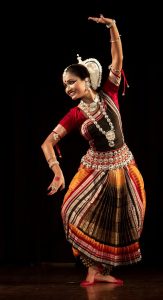 To me, there isn’t exactly a dichotomy between the age-old themes that our Gurus explored and secularism, inclusiveness and equality as values. I think that our classical dances as we see them today are inherently secular and egalitarian. Jayadeva’s lyrical epic Geeta Govinda, for instance, is based on the idea that the Paramatma needs the Aatma as much as the Aatma needs the Paramatma. Jayadeva’s Radha is perhaps one of the first instances of a female protagonist who does not occupy a subservient position to the male protagonist. He needs her as much as she needs him. In fact, Radha demands that Krishna experience. Radha is given a fair bit of agency in Jayadeva’s text. The Adbhuta Ramayana (also attributed to Valmiki) gives a central role to Sita and describes her prowess as she overpowers Ravana’s older brother in her Mahakali form.
To me, there isn’t exactly a dichotomy between the age-old themes that our Gurus explored and secularism, inclusiveness and equality as values. I think that our classical dances as we see them today are inherently secular and egalitarian. Jayadeva’s lyrical epic Geeta Govinda, for instance, is based on the idea that the Paramatma needs the Aatma as much as the Aatma needs the Paramatma. Jayadeva’s Radha is perhaps one of the first instances of a female protagonist who does not occupy a subservient position to the male protagonist. He needs her as much as she needs him. In fact, Radha demands that Krishna experience. Radha is given a fair bit of agency in Jayadeva’s text. The Adbhuta Ramayana (also attributed to Valmiki) gives a central role to Sita and describes her prowess as she overpowers Ravana’s older brother in her Mahakali form.
The devotional literature of Odisha involves विपरीत भक्ति, in which Hindu gods, specifically Jagannath is treated as a family member, and so he is teased and even occasionally abused. This subverts the traditional notions of strict, ritualistic adherence to religion.
So I believe that contemporary themes and issues can be explored using age-old literary works and thus produce choreographic works that are respectful of the literary system Odissi is embedded in, while also exploring contemporary issues.
Adiguru Shri Pankaj Charan Das exemplified this when he choreographed Panchakanya, a piece that explores the characters of Draupadi, Tara, Mandodari, Ahalya and Kunti, and accords them a central role and agency, thus celebrating the power and intellect of these women.
One can thus work with older literature to express contemporary themes, and that is how I’d like to work as a choreographer.
How fulfilled are you in your chosen profession?
Unfortunately, this is one of those instances when language falls short of expressing fully how satisfying a life steeped in art is. I can only say that I wake up every day just wanting to dance or work on a film, and I am living a full life because of my art.



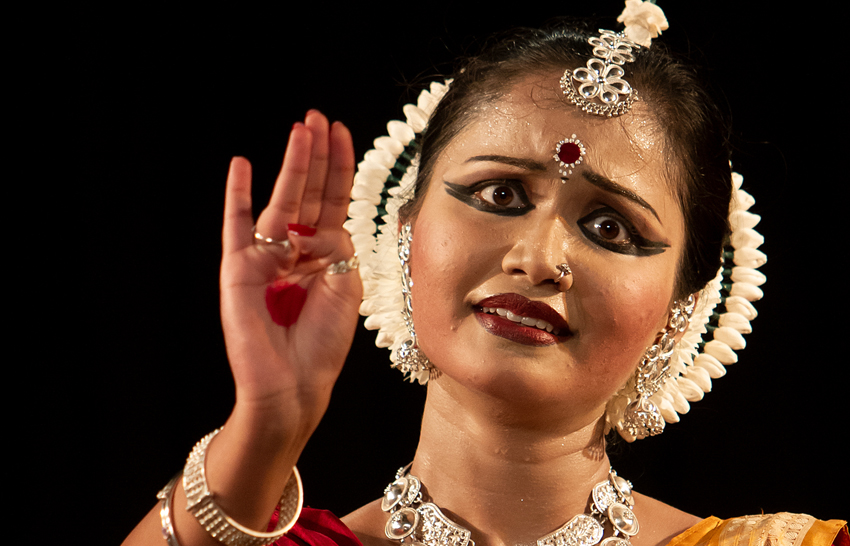
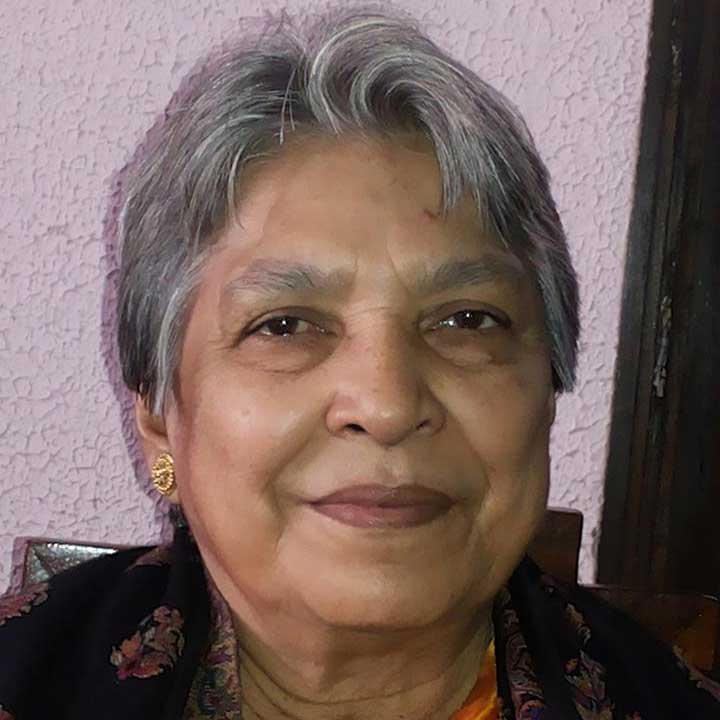

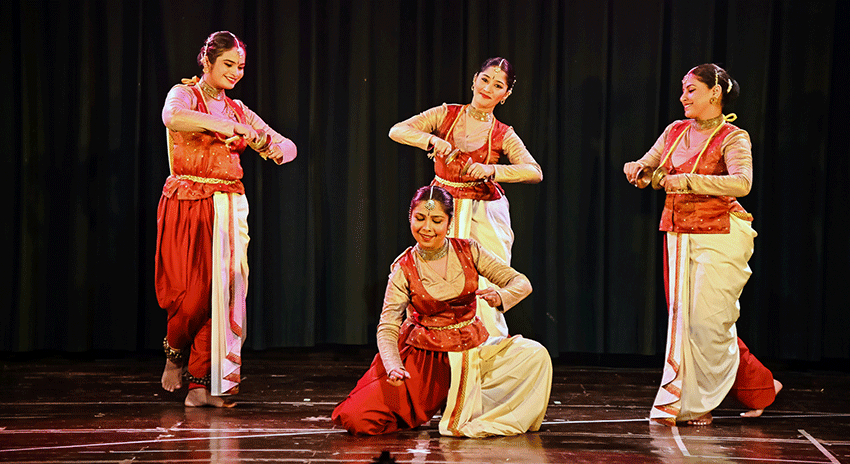
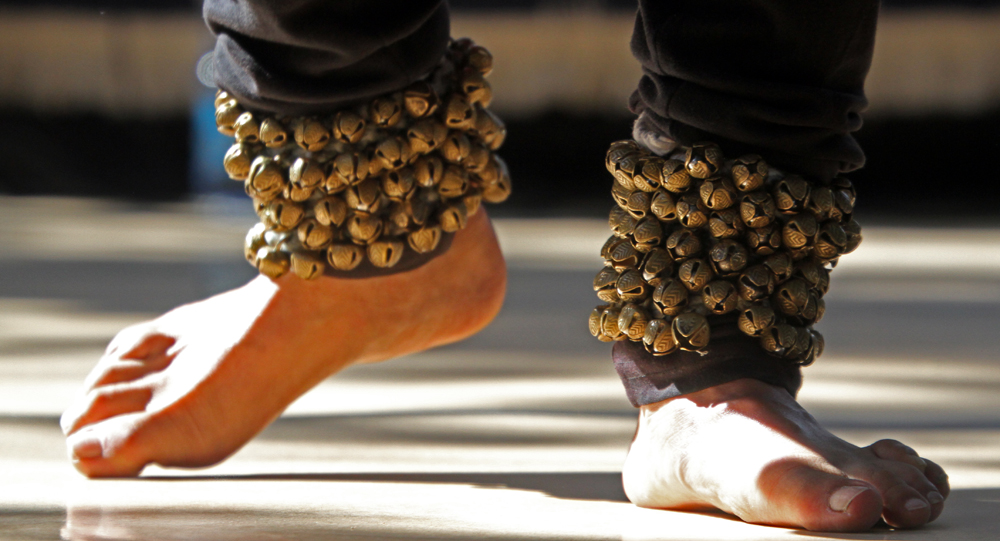
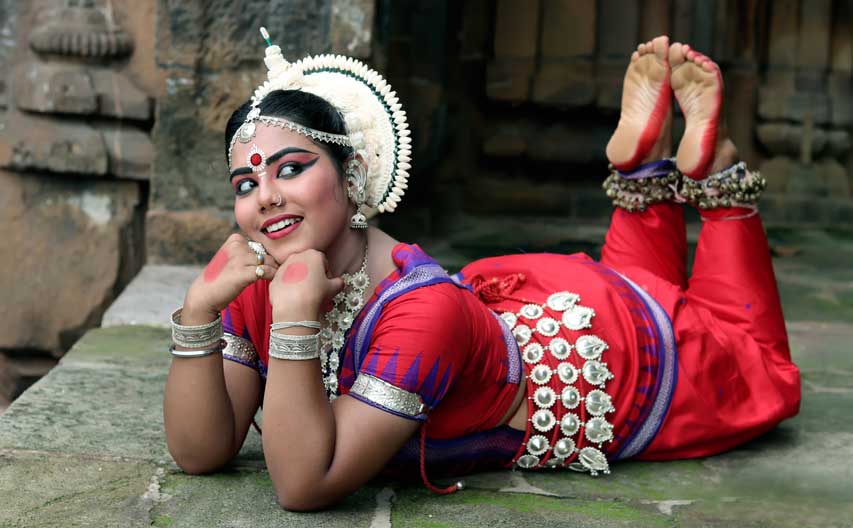
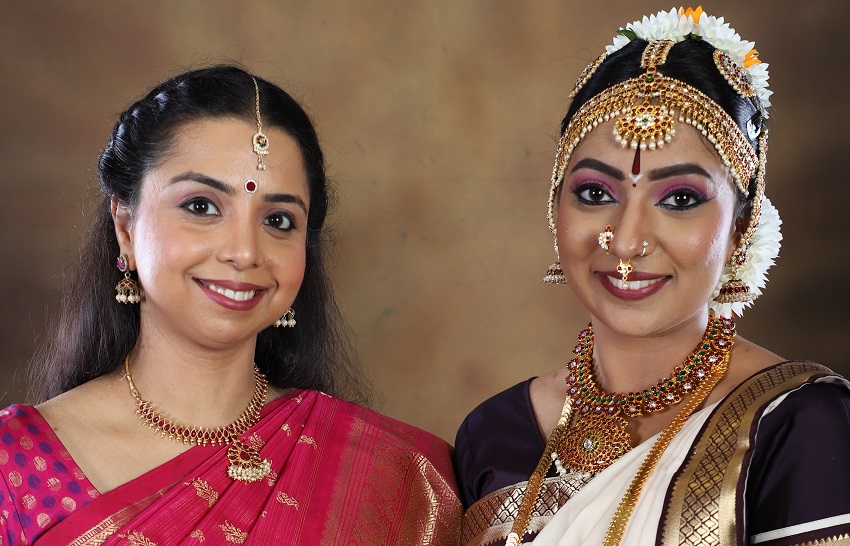

14 thoughts on “I am living a full life because of my art – Prachi Hota”
I have seen her performing at Kala Mandir,Kolkata sometime ago. She is an excellent performer in Odishi Dance
Ms.Prachi’s dance during the recent event was mind blowing. Her interview at this age expresses the level of confidence possessed by her. She will come out colourful in both the professions. I pray God to pour all blessings so that her wishes are fulfilled.
I have been following Prachi and her rise over the last 6 years mostly thru her father and my senior respected friend Mr Umesh Hota. Unfortunately I have never watched any of her shows till date!… Always wondered how naturally and automatically her creativity is flowing from dance and art to film making! The immense depth and her awesome reverence to our Indian culture and d Gurus are really so different from the ones displayed by her friends of d her generation! At such young age she has so much of clarity and flexibility and creativity to understand decipher and internalize the nuances of different schools of arts and waft one into another without an iota of confusion! She has shown so much of potential and aura at such an young age, I can only wish her the very best and make Indians proud of her achievements! God bless her!
Great going Prachi… Thanks to artist like yourself, the rich cultural heritage will continue to stay alive and be passed on to future generations… Hope to see more & more youth getting connected to the magic of self expression through such art forms…
Ms Prachi is a committed dance performer with a very strong desire of keeping this art alive. Wishing her a great future.
A true passionate art enthusiast who has mastered her skills and thrives to do the same in future.
Always a treat to learn more about you. Long way to go Prachi.
prachi its really Great that you are living with your passion so dedicatedely may be one day you will reach greatest height of your dancing carrier, and may God bless you to reach your goal. keep it up. 👍
May God bless you to reach to top of the world in your dancing carrier .
Keep shining brighter and brighter my dear…With lots of love and blessings
Great going…
A stupendous performer with eminent knowledge will be steering the culture to a new height…
A new era will be evolved in the field of arts which will contribute a lot to the society…
God bless you Ms Prachi…
Great going…
A stupendous performer with eminent knowledge will be steering the culture to a new height…
A new era will be evolved in the field of arts which will contribute a lot to the society…
God is with you ..
Great Going Prachi. U deserve many more such accolades. Do well and Shine like this as always. Kudos to you and to your proud parents too.(My reverred Sir &Mam).
Way to go Prachi 👍👍
May God Bless you to conquer your dreams and achieve your goals in your life.